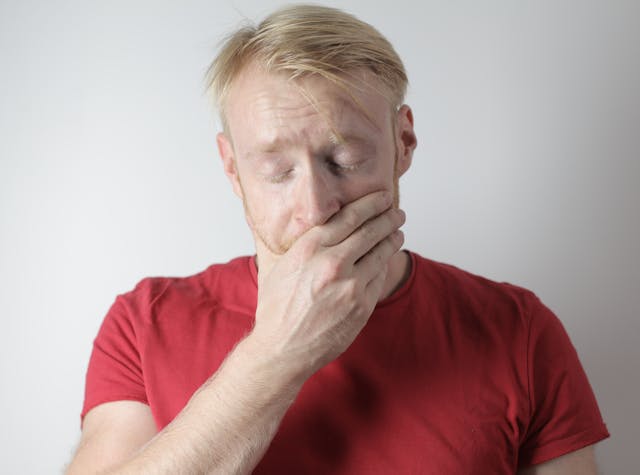The events you experience during childhood have an immense impact on your life. Well into adulthood, this influence can shape how you view yourself and interact with others. Unfortunately, this can be both good and bad. For example, enduring emotional trauma during your early years can fuel social anxiety in adulthood. The mistreatment impairs your ability to develop the skills and tools needed to handle daily life.
Negative self-beliefs don’t appear out of nowhere. Rather, the seeds of social anxiety were planted without you realizing it. From abuse to rejection to gaslighting and beyond, emotional mistreatment alters a child’s ability to understand their place in the world.
What Is Social Anxiety?
Anxiety disorders are the most common mental health conditions in the world. Social anxiety disorder (SAD) is one common example. We’re not talking about occasional shyness or nervousness. Rather, a person with SAD will dread certain social situations and fear being judged. At least 12 percent of Americans struggle with SAD, displaying symptoms like avoiding social scenarios and experiencing dread about an upcoming situation.
In addition, when confronted with a social interaction, you may experience physical signs like:
- Dizziness
- Chaotic thoughts
- Digestive disturbances
- Inability to make eye contact
Someone with SAD may fear:
- Meeting new people
- Parties
- Public speaking or any kind of performance
- Doing things in public — from eating to talking with strangers
- Making a phone call
- Dating
All of this (and more) can be the result of emotional maltreatment during your most formative years.
We Learn Our Attachment Style During Childhood
A child raised in a secure environment typically develops secure attachments more easily in adulthood. On the other hand, many factors can derail this health process. Certain circumstances can short-circuit a young person’s self-image and interpersonal development, These include:
- Physical, emotional, or sexual abuse
- Exposure to domestic violence
- Being belittled, criticized, humiliated, or threatened
- Not receiving the support and love you need
- Abandonment and rejection
- Gaslighting
- Exposure to a war zone, natural disaster, or crime
- Physical illness, disability, or injury
- Basic needs are denied, e.g. safe housing, food, hygiene, clothing, medical care, etc.
 Early Signs of Trauma-Inspired SAD
Early Signs of Trauma-Inspired SAD
A child subjected to any of the above nightmares will present with clear symptoms of being traumatized. For example:
- Anxiety and depression
- Low self-esteem
- Unhealthy and sometimes self-harming behaviors
- People-pleasing
- Problems at school, e.g. grades, behavior, absences, etc.
- Unexplained aches and pains
- Fatigue
- Digestive issues and disordered eating
- Sleep problems
- Uncontrolled anger
- Social withdrawal and self-isolation
When you don’t feel safe during childhood, it can feel impossible to trust others as an adult. This lack of trust goes a long way toward developing the characteristics of social anxiety listed in the previous section.
If This Sounds Familiar, What Can You Do?
Social anxiety — and its underlying causes — cannot be effectively addressed and managed until you have accepted their presence. The more you understand about trauma and SAD, the more you can accept that none of this is your fault. When you were a child, it was the responsibility of your parents or caretakers to provide you with a safe and secure environment. By releasing shame and self-blame, you create room for healing and recovery. Remember, you can change your attachment style.
To get that process started requires you to ask for help. Working with a skilled, trauma-informed therapist is a proven path to choose. Your weekly sessions are where you begin to construct the safe environment you have always craved. In such a setting, you are better positioned to identify and recognize patterns and causes that were previously invisible to you. Reach out to learn more about anxiety treatment.





